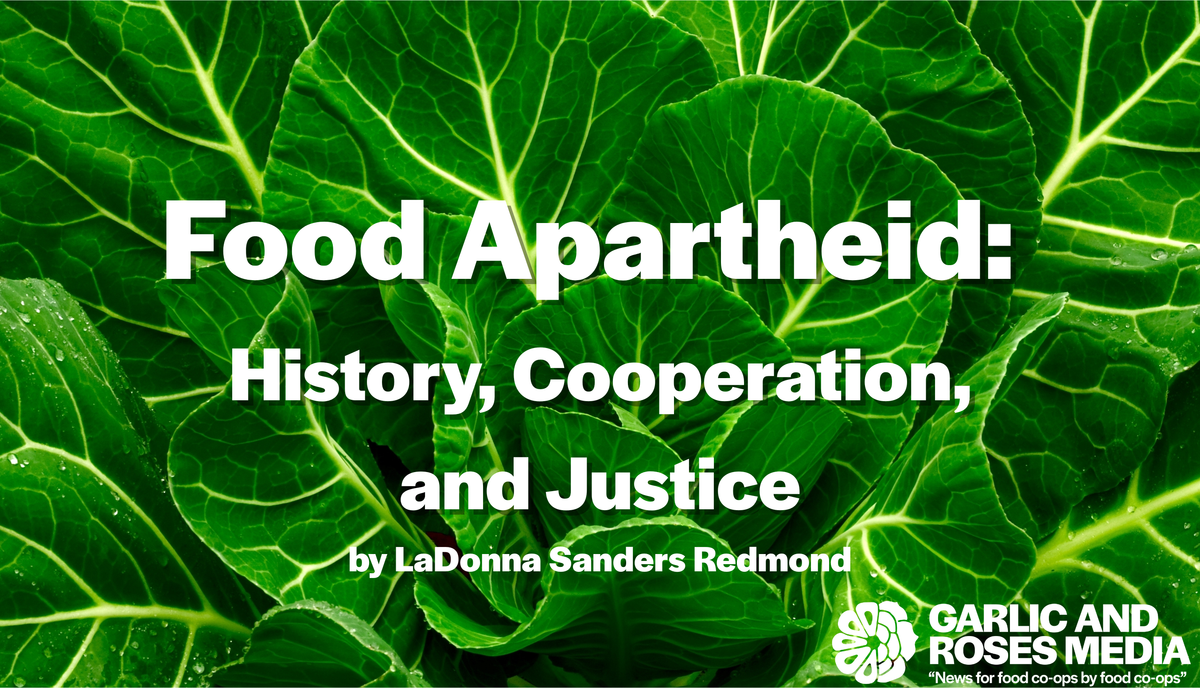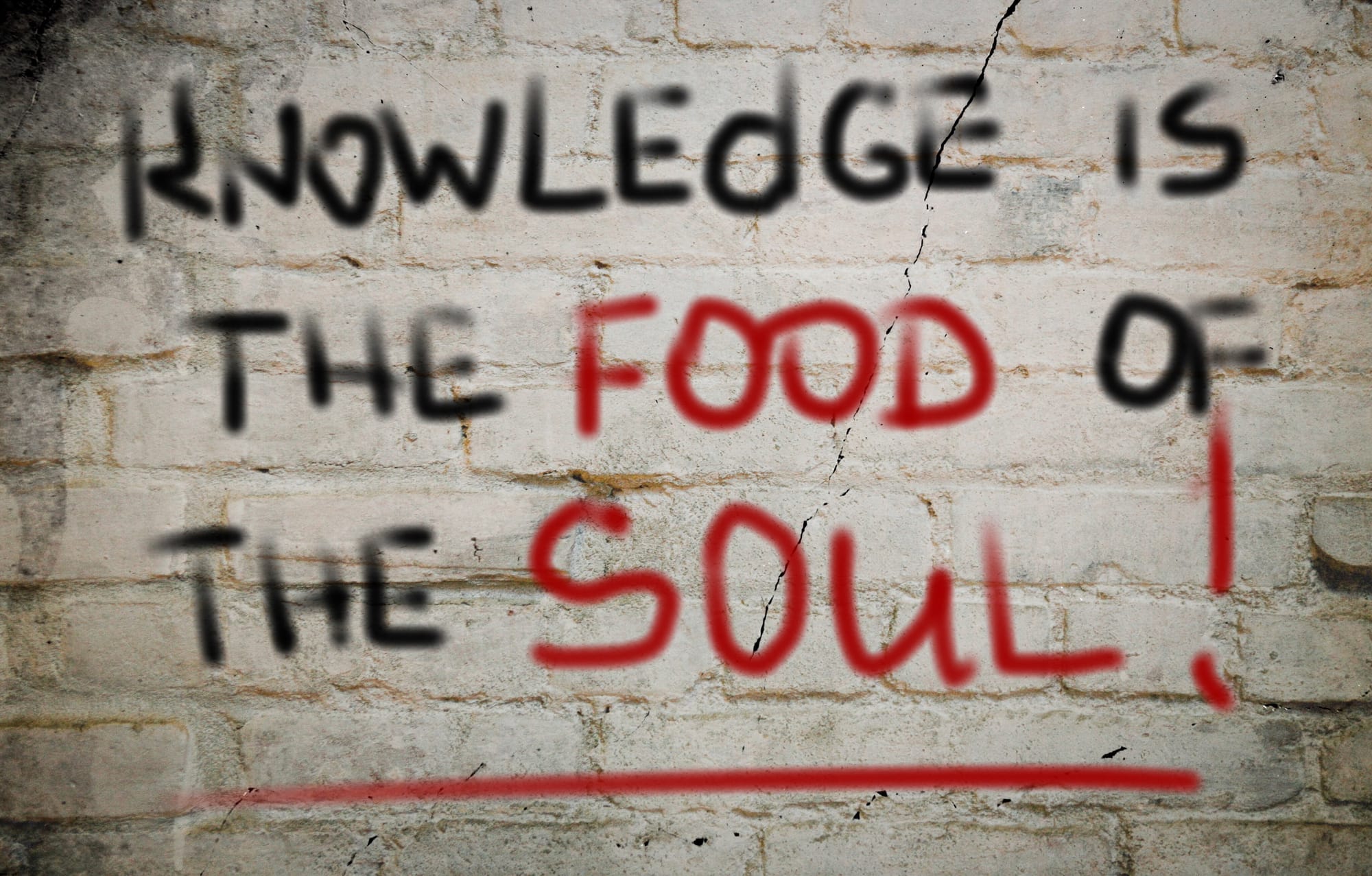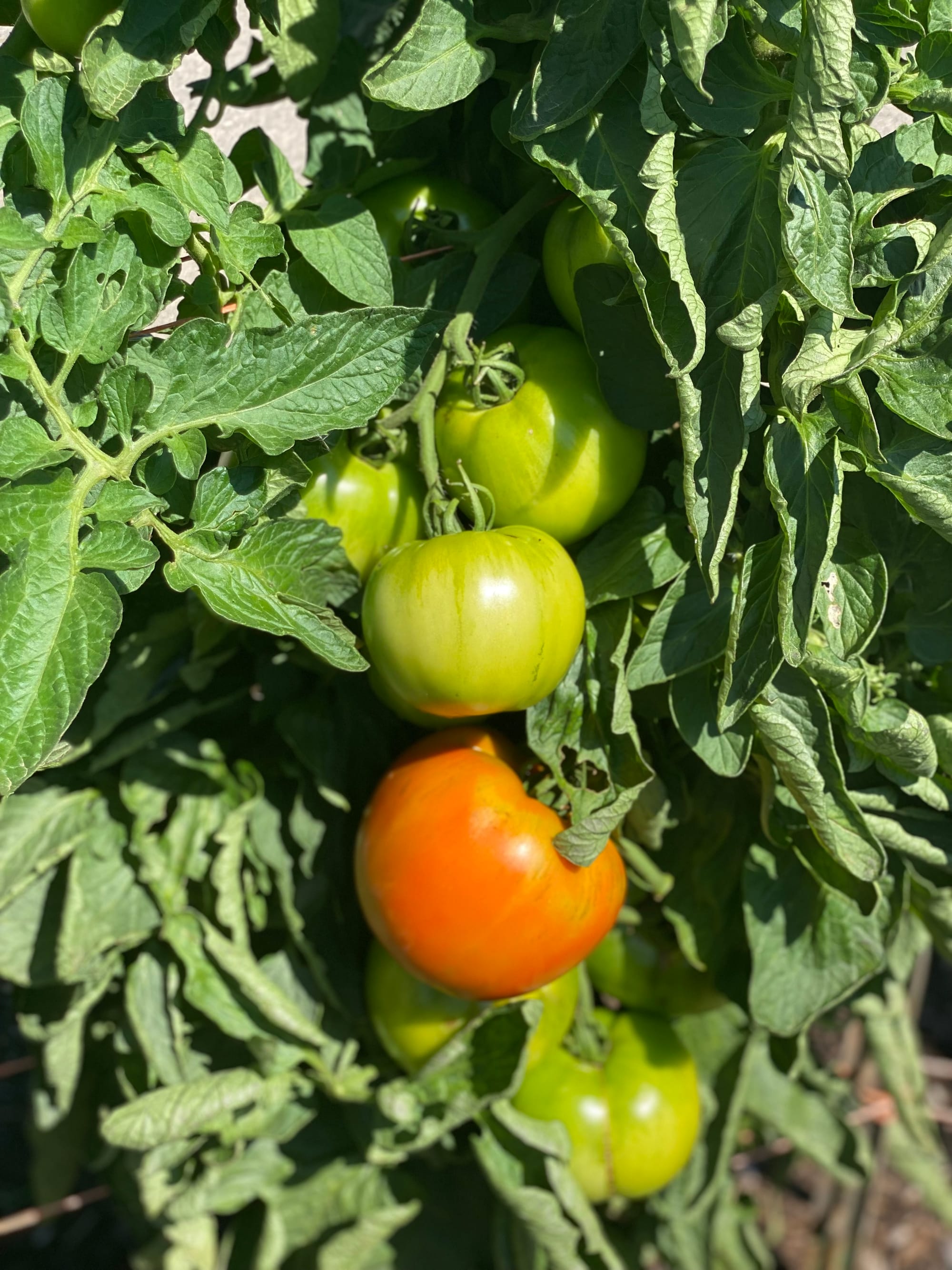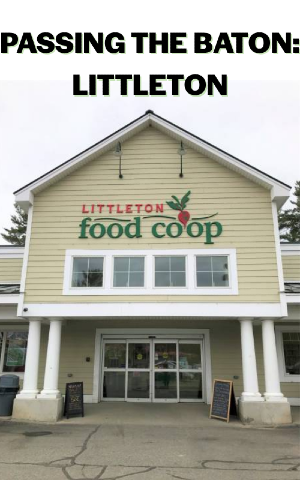Food Apartheid: History, Cooperation, and Justice

I. Introduction: Naming and Framing the Problem
The language we use to describe inequities matters. For decades, policymakers and researchers have used the term “food desert” to describe neighborhoods, often Black, Indigenous, and poor, where residents have little or no access to full-service grocery stores. At first glance, the metaphor seemed apt: deserts are barren, lifeless, and inhospitable. However, as many activists and scholars, including myself, have argued, this term obscures more than it reveals. Deserts are natural phenomena; food deserts are not. The absence of grocery stores in Black communities is not a product of nature but the result of deliberate policy choices, racialized disinvestment, and corporate consolidation¹.
To truly name the problem, we must call it what it is: food apartheid, a system of segregation and exclusion in the food economy. Food apartheid is the afterlife of slavery and segregation, expressed through land dispossession, urban disinvestment, and unequal food economies. And if food apartheid is the problem, the solution cannot be charity or corporate intervention. The solution lies in justice and self-determination, communities reclaiming power over land, food, and decision-making.
II. Historical Foundations: Land, Slavery, and Segregation
The origins of food apartheid are inseparable from the history of slavery. Enslaved Africans were forced to build the agricultural wealth of the United States, cultivating crops such as cotton, sugar, and rice under brutal conditions. Their stolen labor created vast fortunes while denying them even the most basic autonomy over their own sustenance².
After Emancipation, promises of land redistribution, embodied in the slogan “forty acres and a mule”, were quickly broken. Instead, Black farmers were pushed into sharecropping and tenant farming, arrangements that perpetuated cycles of debt and dependency. Federal programs such as the Homestead Act excluded Black people, while the USDA systematically discriminated against Black farmers for generations, accelerating dispossession³.
Meanwhile, Jim Crow laws enforced racial segregation not only in schools and housing but also in restaurants, lunch counters, and grocery stores. Food itself became a marker of exclusion. To sit at a counter or enter a store was to demand dignity as much as nourishment. As historian Stephanie Camp has argued, enslaved and freed Black people developed “rival geographies”, spaces of resistance carved out against overwhelming structures of control⁴. These rival geographies included gardens, markets, and collective institutions where food was both a means of survival and a symbol.
III. From Food Deserts to Food Apartheid
In the 1990s, the concept of “food deserts” gained traction among researchers and policymakers. While it seemed to offer a neat explanation for inequities in food access, it also depoliticized the issue. “Food desert” implied absence without cause, geography without history, scarcity without power¹.
The term itself was imported from research in England and popularized in the United States not by grassroots activists but by consultants and policy entrepreneurs. In the process, the lived experiences and demands of food justice organizers were erased. Instead of centering the voices of Black communities who had long been calling for sovereignty and justice, the food desert frame appealed to philanthropic foundations, banks, and corporate retailers eager to market themselves as solutions⁵.
In practice, this framework diverted resources away from community-led solutions. Under the guise of addressing food deserts, millions of philanthropic and federal dollars were directed toward enticing corporate retailers, such as Walmart, Walgreens, and Supervalu, into Black neighborhoods. These efforts provided temporary retail options but resulted in little lasting change. When profit margins declined, corporations closed their stores, leaving behind disrupted local food economies and increased community disillusionment.
I witnessed this dynamic firsthand. For years, grassroots organizers were building community gardens, farmers’ markets, and cooperatively owned grocery stores. But the food desert narrative pulled attention and funding away from these projects. The result was that Black communities were once again positioned as consumers of corporate charity rather than agents of their own survival.
I admit I am not a fan of the phrase food apartheid either. Still, I welcome it because, unlike “food desert,” it originated from activists on the ground. I first heard the term from Hank Herrera and later from Karen Washington. These community leaders gave the phrase “food apartheid” credibility that “food desert” never had before, because they spoke from firsthand experience building community food systems, not from behind a desk or a consultant’s map. Their naming carries the weight of the struggle for freedom, which is why it continues to resonate today.
Food apartheid corrects the distortion. It becomes clear that inequities in food access are intentional, structured by zoning laws, discriminatory lending practices, and corporate monopolization. More importantly, it shifts the focus from access to power. Where food deserts invite Walmart, food apartheid demands community self-determination.
IV. The Problem with the Research
The rise of the “food desert” narrative was not only politically convenient for banks and corporations; it was also built on shaky science. Researchers such as Mari Gallagher popularized the term through widely circulated reports. Still, their methods relied on crude measures, counting grocery store locations, mapping them onto ZIP codes, and then drawing direct lines to health outcomes. These studies were riddled with assumptions: that proximity equates to access, that access equates to consumption, and that consumption equates to health. None of these links has ever been proven.⁶
Epidemiological studies, such as Kimberly Morland, Ana Diez Roux, and Steven Wing’s 2006 article in the American Journal of Preventive Medicine, claimed that the presence of supermarkets correlated with lower obesity rates⁷. This thin association quickly hardened into “evidence” that the lack of grocery stores caused poor health. But replication efforts, such as a RAND Corporation study in Los Angeles, could not find consistent links between grocery store presence and health outcomes⁸. RAND researchers concluded that the food desert framework was, at best, overstated and, at worst, misleading.
Meanwhile, I was invited by Congressman Bobby Rush to define “food desert” for the Congressional Record. Even then, I understood the danger of codifying a term that stripped racism, segregation, and disinvestment from the conversation. In the years since, the USDA itself has quietly moved away from the term, substituting “LILA” (low-income, low-access). Yet this too is equally problematic. Why the rush to label Black communities with “cute” acronyms that obscure the structural reality of racism and disinvestment? Why create new technocratic terms rather than address the underlying truth, that Black neighborhoods have been systematically denied resources, infrastructure, and dignity?
This pattern is not new. Federal and municipal governments have long used euphemisms to disguise racial capitalism. “Urban renewal” was the name given to the bulldozing of Black neighborhoods for highways and development. “Opportunity zones” promise investment but primarily serve as vehicles for real estate speculation and tax shelters. “LILA” continues this tradition: it gives policymakers cover while erasing racism from the conversation. Each new term distances the problem from its roots in racial capitalism, as if renaming injustice could substitute for repairing it.
V. Black Cooperative Traditions
If food apartheid exposes the systemic roots of inequity, then Black cooperative traditions illuminate the pathways of resistance. Cooperation has long been a strategy of survival and solidarity in the face of exclusion from mainstream economic systems.
In his 1907 study Economic Co-operation Among Negro Americans, W.E.B. Du Bois documented the breadth of Black cooperative enterprises, from mutual aid societies to grocery stores. He argued that these ventures were not marginal but central to Black survival after slavery, embodying a “stubborn determination to make group life a success in spite of difficulties”⁹.
Dr. Jessica Gordon Nembhard, in Collective Courage, has expanded this record, chronicling how Black communities built cooperatives across generations. Cooperative grocery stores in particular became lifelines during segregation, offering food, credit, and community under conditions of exclusion. More than places of commerce, they were schools of democracy, teaching Black communities how to govern collectively, steward resources, and practice economic solidarity¹⁰.
This history challenges the myth that solutions must come from outside intervention. Black people have always created their own food systems, not only to fill gaps but to claim dignity and autonomy. Cooperative grocery stores, past and present, remind us that self-determination is not a new concept; it is a tradition.
VI. Food Justice as Civil Rights
The food fight has always been a fight for civil rights. During the 1960s, sit-ins at Woolworth’s lunch counters and protests at restaurants and ice cream parlors were not about hamburgers or milkshakes. They were about dignity, belonging, and recognition of Black humanity. To demand the right to eat in public was to demand full citizenship¹¹.
Today, food justice movements continue this unfinished struggle. To demand access to healthy, affordable, and culturally relevant food is to insist that Black lives deserve respect and dignity. However, unlike the mid-twentieth-century fight for public accommodation, today’s movements recognize that access alone is insufficient. It is not enough to sit at the table if someone else owns the kitchen, controls the menu, and profits from the labor.
Here, cooperatives emerge as the natural extension of civil rights demands. Where the 1960s movements fought for the right to be served, cooperatives assert the right to own and govern. Cooperative grocery stores are twenty-first-century sit-ins, not at someone else’s counter, but at tables communities build for themselves.

VII. Scholar-Activist Position
My own work in food justice is grounded in both scholarship and practice. From the beginning, I recognized how the food desert narrative misdirected resources toward corporate actors rather than community solutions. I also saw how local organizing, co-ops, gardens, and grassroots networks were consistently undervalued despite offering the most sustainable path forward.
This experience deepened my conviction that food justice cannot be reduced to access or nutrition. It must be understood as a fight for dignity, power, and repair. My leadership in cooperative spaces, such as the Seward Community Co-op and the emerging Kinfolk Book Cooperative, reflects this conviction: that cooperatives are not simply businesses, but vehicles of liberation.
Influenced by scholars such as Stephanie Camp, Jennifer Morgan, Toni Morrison, and Monica White, I approach food justice as a site where history, memory, and resistance converge. Camp reminds us that enslaved people carved out rival geographies of freedom⁴. Morgan shows how Black women’s bodies were central to both exploitation and resistance¹². Morrison insists that memory is a battleground against erasure¹³. And White’s Freedom Farmers demonstrates how Fannie Lou Hamer’s Freedom Farm Cooperative embodied a radical vision of food sovereignty, connecting land, democracy, and self-determination in the Black freedom struggle¹⁴.
VIII. Food Apartheid in the Present
Today, food apartheid continues to structure American life. In Black and Brown neighborhoods, grocery stores vanish as corporations chase profits elsewhere. Industrial agriculture concentrates land and wealth in the hands of a few. Health disparities tied to diet-related illnesses worsen as communities are denied affordable, healthy options⁵.
This is not neglect, but abandonment by a system designed to extract value and then withdraw. It is food apartheid at work.
And yet, communities continue to resist. Cooperative grocery stores, urban farms, and mutual aid networks are thriving despite systemic barriers. They are fragile, not because they lack vision, but because the system denies them capital, land, and policy support. Still, they persist, proving that communities are capable of creating their own solutions. What they require is not charity, but justice, investment, repair, and recognition of their sovereignty.
IX. Toward Justice and Self-Determination
If food apartheid is the problem, then justice and self-determination are the solutions. Justice demands reparations: land redistribution, investment in Black farmers, and policies that dismantle corporate privilege. Self-determination demands cooperative ownership: communities controlling their food systems through democratic structures.
The failures of the food desert framework make this distinction clear. Banks and corporate retailers promised to “solve” food deserts by dropping big-box stores into Black neighborhoods, often with generous public subsidies. But these projects were never designed for community empowerment. They created jobs with poverty wages, extracted profits, and abandoned neighborhoods the moment margins shrank. These so-called solutions deepened dependency rather than building power¹⁵.
Cooperatives, by contrast, do the opposite. A cooperative grocery store is not a charity or a corporate outpost; it is a community-owned institution. Members decide what food to stock, what wages to pay, and how to reinvest profits. Cooperatives embody democracy at the most basic level of daily life: how people eat and how they care for one another. They are rooted in place and accountable to the people they serve, not shareholders.
Across the country, Black-led organizations are already charting this path. The Detroit Black Community Food Security Network has transformed vacant land into D-Town Farm, modeling urban agriculture and cooperative economics¹⁶. Soul Fire Farm in New York blends Afro-Indigenous traditions with food justice education, training new generations of farmers of color¹⁷. In Minneapolis, groups such as Project Sweetie Pie, Southside Community Farm, and the Northside Fresh Coalition are developing community-rooted food systems that center on culture, history, and resilience.
This work is also alive inside the cooperative grocery movement. Black leaders such as Ray Simpkins at Outpost Natural Foods in Milwaukee and Ray Williams at Seward Community Co-op in Minneapolis embody the legacy Du Bois and Nembhard have documented: a tradition of Black cooperative leadership as a form of resistance and survival. Their work shows that cooperatives are not neutral businesses but living practices of justice and democracy.
These examples do more than provide food; they grow power. They remind us that Black communities have always had the creativity and courage to dismantle systems of exclusion and build economies of liberation. What they require is not corporate rescue but sustained investment in their visions of justice and cooperative ownership.

X. Conclusion: Vision of Liberation
Food apartheid is not an accident. It is the deliberate outcome of slavery, segregation, and racial capitalism. But it is also not permanent. Black communities have always resisted through cooperation, solidarity, and imagination.
The path forward is clear. To dismantle food apartheid, we must replace corporate charity with justice and dependency with self-determination. We must invest in cooperative structures that return power to communities, repair the harms of dispossession, and create spaces of dignity and democracy.
We must also reject the politics of renaming. From “urban renewal” to “opportunity zones” to the USDA’s “LILA,” euphemisms have been used to disguise systemic racism with technical labels and acronyms. Each new name obscures the truth: that Black communities have been deliberately denied resources and systematically disinvested. Food apartheid resists that erasure. It names racism directly and demands repair, not rebranding.
The vision is not simply about access, but liberation: neighborhoods where grocery stores are cooperatively owned, where farmers steward land that once belonged to their ancestors, and where children grow up seeing food as an abundance and a part of their culture, rather than a source of deprivation.
To end food apartheid is to continue the work of generations who refused to starve under systems of oppression. It is to transform survival into sovereignty, exclusion into belonging, and hunger into freedom.
Afterword: Scholar-Activist Reflections
In writing about food apartheid, I am also writing myself into a long tradition of Black people who have refused to separate knowledge from struggle. W.E.B. Du Bois documented the cooperative spirit of our communities at the turn of the twentieth century; Jessica Gordon Nembhard traced the collective courage that sustained those cooperatives across generations; Monica White lifted up Fannie Lou Hamer’s Freedom Farm Cooperative as a blueprint for food sovereignty. Today, organizers in cities and rural communities across this country continue to carry that legacy forward.
Closer to home, I stand on the shoulders of Jackie Reed, Leola Spann, and Mary Perry, the grandmothers of the urban space movement, whose work created the ground I now walk on. I honor Orrin Williams, an activist and community scholar, who first inspired me to explore urban agriculture as a pathway toward justice. And I carry with me my son, Wade, whose life and memory gave me the courage to take on the world to bring healthy food to him and to our family.
My own journey began in Chicago, in the West Side communities of Austin and West Garfield Park, where I first learned that vacant lots could be transformed into urban garden oases. It was there that I came to understand food as both a basic necessity and a site of political possibility. Those gardens taught me that self-determination could take root even in the most abandoned spaces, and that community could grow from soil that others had written off.
From Chicago to Minneapolis, from gardens to cooperatives, my path as an organizer, cooperative leader, and scholar has been shaped by this lineage. I saw how the “food desert” frame undermined community solutions while funneling resources to corporate actors. And I have seen, and participated in, the power of cooperatives like Seward and Kinfolk Book Cooperative to embody democracy, accountability, and repair. These experiences remind me that scholarship cannot stand apart from the communities it seeks to serve.
And I look forward as well. To my daughter, Taylor, and Erin and Ashley, my nieces, who continue this food tradition in ways I could never have imagined, I offer my gratitude. They remind me that this work is not only about what we recover from the past but also about what we plant for the future.
This work is not mine alone. It belongs to all of us who are willing to imagine beyond scarcity, to labor toward justice, and to practice self-determination in our neighborhoods, farms, and cooperatives. In carrying this work forward, I honor those who came before me and join hands with those building today, believing as they did that freedom is not given but made, and that food is central to that freedom.

Endnotes
1. Karen Washington, “It’s Not a Food Desert, It’s Food Apartheid,” YES! Magazine, May 5, 2018.
2. Edward E. Baptist, The Half Has Never Been Told: Slavery and the Making of American Capitalism (New York: Basic Books, 2014).
3. Pete Daniel, Dispossession: Discrimination against African American Farmers in the Age of Civil Rights (Chapel Hill: University of North Carolina Press, 2013).
4. Stephanie M. H. Camp, Closer to Freedom: Enslaved Women and Everyday Resistance in the Plantation South (Chapel Hill: University of North Carolina Press, 2004).
5. Alison Hope Alkon and Julian Agyeman, eds., Cultivating Food Justice: Race, Class, and Sustainability (Cambridge, MA: MIT Press, 2011).
6. Mari Gallagher Research & Consulting Group, Examining the Impact of Food Deserts on Public Health in Chicago (Chicago: Mari Gallagher Research & Consulting Group, 2006).
7. Kimberly Morland, Ana V. Diez Roux, and Steven Wing, “Supermarkets, Other Food Stores, and Obesity: The Atherosclerosis Risk in Communities Study,” American Journal of Preventive Medicine 30, no. 4 (2006): 333–339.
8. Roland J. Sturm and Deborah A. Cohen, “Zoning for Health? The Year-Old Ban on New Fast-Food Restaurants in South LA,” Health Affairs 28, no. 6 (2009): 1088–1097.
9. W.E.B. Du Bois, Economic Co-operation Among Negro Americans (Atlanta: Atlanta University Press, 1907).
10. Jessica Gordon Nembhard, Collective Courage: A History of African American Cooperative Economic Thought and Practice (University Park: Pennsylvania State University Press, 2014).
11. Taylor Branch, Parting the Waters: America in the King Years, 1954–63 (New York: Simon & Schuster, 1988).
12. Jennifer L. Morgan, Laboring Women: Reproduction and Gender in New World Slavery (Philadelphia: University of Pennsylvania Press, 2004).
13. Toni Morrison, Beloved (New York: Alfred A. Knopf, 1987).
14. Monica M. White, Freedom Farmers: Agricultural Resistance and the Black Freedom Movement (Chapel Hill: University of North Carolina Press, 2018).
15. Keeanga-Yamahtta Taylor, Race for Profit: How Banks and the Real Estate Industry Undermined Black Homeownership (Chapel Hill: University of North Carolina Press, 2019).
16. Detroit Black Community Food Security Network, “About Us,” accessed September 2025, https://www.dbcfsn.org.
17. Leah Penniman, Farming While Black: Soul Fire Farm’s Practical Guide to Liberation on the Land (White River Junction, VT: Chelsea Green, 2018).
Bibliography
Alkon, Alison Hope, and Julian Agyeman, eds. Cultivating Food Justice: Race, Class, and Sustainability. Cambridge, MA: MIT Press, 2011.
Baptist, Edward E. The Half Has Never Been Told: Slavery and the Making of American Capitalism. New York: Basic Books, 2014.
Branch, Taylor. Parting the Waters: America in the King Years, 1954–63. New York: Simon & Schuster, 1988.
Camp, Stephanie M. H. Closer to Freedom: Enslaved Women and Everyday Resistance in the Plantation South. Chapel Hill: University of North Carolina Press, 2004.
Daniel, Pete. Dispossession: Discrimination against African American Farmers in the Age of Civil Rights. Chapel Hill: University of North Carolina Press, 2013.
Detroit Black Community Food Security Network. “About Us.” Accessed September 2025. https://www.dbcfsn.org.
Du Bois, W.E.B. Economic Co-operation Among Negro Americans. Atlanta: Atlanta University Press, 1907.
Gallagher, Mari. Examining the Impact of Food Deserts on Public Health in Chicago. Chicago: Mari Gallagher Research & Consulting Group, 2006.
Morgan, Jennifer L. Laboring Women: Reproduction and Gender in New World Slavery. Philadelphia: University of Pennsylvania Press, 2004.
Morland, Kimberly, Ana V. Diez Roux, and Steven Wing. “Supermarkets, Other Food Stores, and Obesity: The Atherosclerosis Risk in Communities Study.” American Journal of Preventive Medicine 30, no. 4 (2006): 333–339.
Morrison, Toni. Beloved. New York: Alfred A. Knopf, 1987.
Nembhard, Jessica Gordon. Collective Courage: A History of African American Cooperative Economic Thought and Practice. University Park: Pennsylvania State University Press, 2014.
Penniman, Leah. Farming While Black: Soul Fire Farm’s Practical Guide to Liberation on the Land. White River Junction, VT: Chelsea Green, 2018.
Sturm, Roland J., and Deborah A. Cohen. “Zoning for Health? The Year-Old Ban on New Fast-Food Restaurants in South LA.” Health Affairs 28, no. 6 (2009): 1088–1097.
Taylor, Keeanga-Yamahtta. Race for Profit: How Banks and the Real Estate Industry Undermined Black Homeownership. Chapel Hill: University of North Carolina Press, 2019.
Washington, Karen. “It’s Not a Food Desert, It’s Food Apartheid.” YES! Magazine, May 5, 2018.
White, Monica M. Freedom Farmers: Agricultural Resistance and the Black Freedom Movement. Chapel Hill: University of North Carolina Press, 2018.





